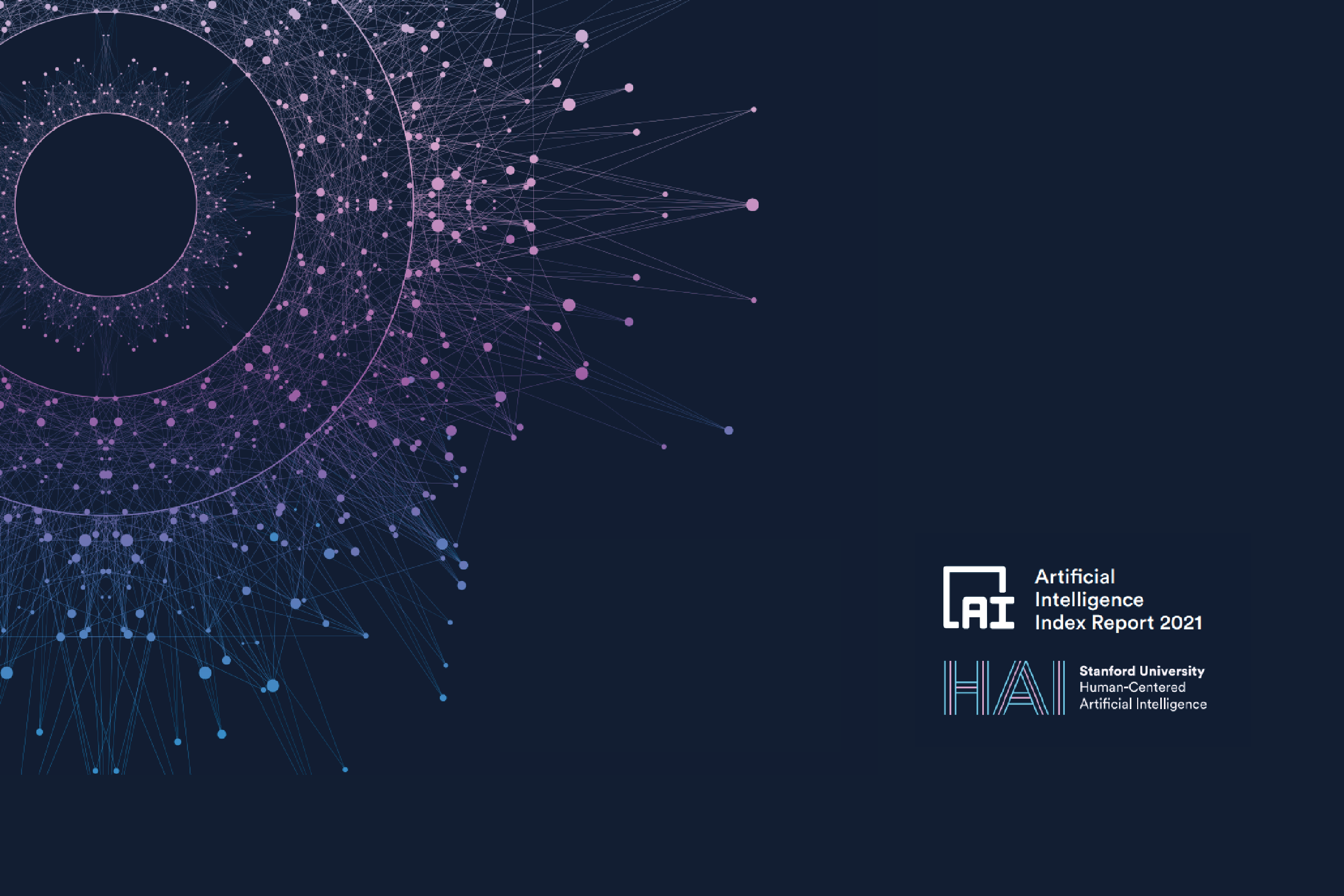What is going on with AI? Take a look on these eight points from the 4th Artificial Intelligence Index Report by HAI – Stanford’s Institute for Artificial Intelligence, March 2021.
- Since the 1950s Artificial Intelligence has grown into a major research discipline with significant commercial applications. The number of publications has increased dramatically in the last years: AI journal publications grew by 34,5% from 2019 to 2020, most of them published by academic institutions, corporate-affiliated research and governments.
- AI systems can now compose text, audio, and images to a sufficiently high standard that humans have a hard time telling the difference between synthetic and non-synthetic outputs for some constrained applications of the technology. Companies are investing increasingly large amounts of computational resources to train computer vision systems at a faster rate than ever before. Rapid progress in NLP has produced AI systems with significantly improved language capabilities that have started to have a meaningful economic impact on the world. Progress in NLP has been so swift that technical advances have started to outpace the benchmarks to test for them. Machine learning is changing the game in healthcare and biology, scientists use ML models to learn representations of chemical molecules for more effective chemical synthesis planning.
- The boost in efficiency and productivity promised by AI also presents great challenges: companies must find and retain skilled talent to meet their production needs while being mindful about implementing measures to mitigate the risks of using AI. The relationship between AI and the global economy looks intertwined from the perspective of jobs, investment, and corporate activity. The worldwide demand for AI talent is even higher, Ai capabilities are adopted across companies and robot are installed across companies. AI is also mentioned in corporate earnings.
- As AI has become a more significant driver of economic activity: people want to understand it and gain the necessary qualifications to work in the field. At the same time, rising AI demands from industry are tempting more professors to leave academia for the private sector. In the European Union, most specialized AI academic offerings are taught at the master’s level; robotics and automation are by far the most frequently taught course in the specialized bachelor’s and master’s programs, while machine learning (ML) dominates in the specialized short courses.
- As artificial intelligence–powered innovations become ever more prevalent in our lives, the ethical challenges of AI applications are increasingly evident and subject to scrutiny. The use of various AI technologies can lead to unintended but harmful consequences, such as privacy intrusion; discrimination based on gender, race/ethnicity, sexual orientation, or gender identity; and opaque decision-making, among other issues. Policymakers are keenly aware of ethical concerns pertaining to AI, but it is easier for them to manage what they can measure, so finding ways to translate qualitative arguments into quantitative data is an essential step in the process.
- The percentages of female AI PhD graduates and tenure-track computer science (CS) faculty have remained low for more than a decade. Female graduates of AI PhD programs in North America have accounted for less than 18% of all PhD graduates on average, according to an annual survey from the Computing Research Association (CRA). An AI Index survey suggests that female faculty make up just 16% of all tenure track CS faculty at several universities around the world.
- In a membership survey by Queer in AI in 2020, almost half the respondents said they view the lack of inclusiveness in the field as an obstacle they have faced in becoming a queer practitioner in the AI/ML field. More than 40% of members surveyed said they have experienced discrimination or harassment as a queer person at work or school.
- AI is set to shape global competitiveness over the coming decades, promising to grant early adopters a significant economic and strategic advantage. To date, national governments, regional and intergovernmental organizations have raced to put in place AI-targeted policies to maximize the promise of the technology while also addressing its social and ethical implications.
Find out more on Home | Stanford HAI









